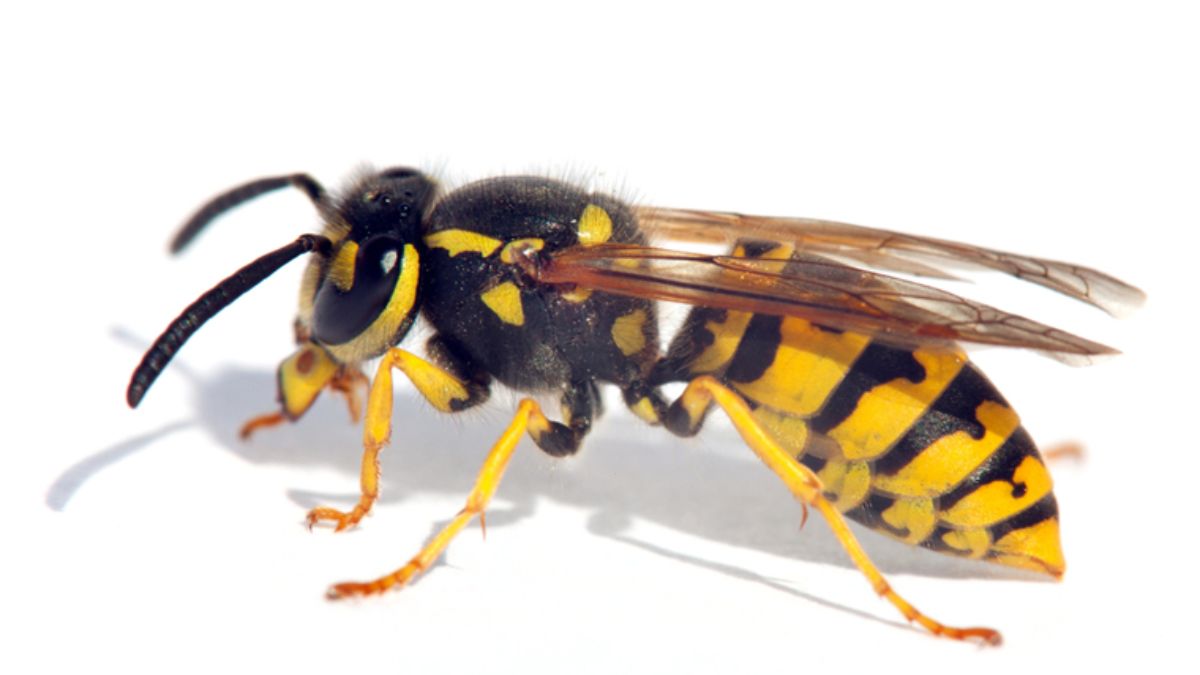Radioactive wasp nest discovered at old US nuclear weapons site in South Carolina

Federal officials reported the discovery of a radioactive wasp nest at a nuclear weapons facility in South Carolina with radiation levels that were ten times what is allowed under regulation. According to the report released on July 22, the nest was discovered by employees who routinely check radiation levels at the Savannah River Site (SRS), near Aiken, on July 3.
The wasp nest was found near tanks that are being used to store millions of gallons of liquid nuclear waste. The nest was sprayed with insect killer, removed and disposed of as radiological waste, said a report by The Guardian.
Investigators say that the radiation was not related to any nuclear waste leak and that there was no impact on the environment or the public.
The Department of Energy stated in the report that the wasp nest was a result of “on-site legacy radioactive contamination” and “not related to a loss of contamination control.” This means that the high levels of radiation found on the nest are residual radioactivity from when the site was actively producing nuclear weapon parts during the Cold War, according to the BBC. The report also said that “The ground and surrounding area did not have any contamination.”
The site was used to create Plutonium in the 1950s for the core of nuclear bombs. It still operates today, but now creates nuclear material for power plants.
The department also said that the wasps that lived in the nest would have much lower levels of radiation than the nest itself. Wasps generally only fly a few hundred feet away from their nest, and the nest was found in the middle of the Savannah River Site, which is about 802 square kilometres. Therefore, there is less chance that the wasps flew outside the facility.
According to the report, there was a delay in reporting the contamination to allow “time for reviewing previous wildlife contamination for consistency in reporting criteria.”
The watchdog group Savannah River Site Watch said that the report was incomplete, and since it doesn't detail where the contamination came from, many questions remained unanswered.
Tom Clements, the spokesperson for the group, said to AP, “I'm as mad as a hornet that SRS didn't explain where the radioactive waste came from or if there is some kind of leak from the waste tanks that the public should be aware of."
The site once had more than 625 litres or 165 gallons of liquid nuclear waste, which reduced to about 129 million litres due to evaporation. The are still about 43 underground tanks at the site, while 8 have been closed.
World